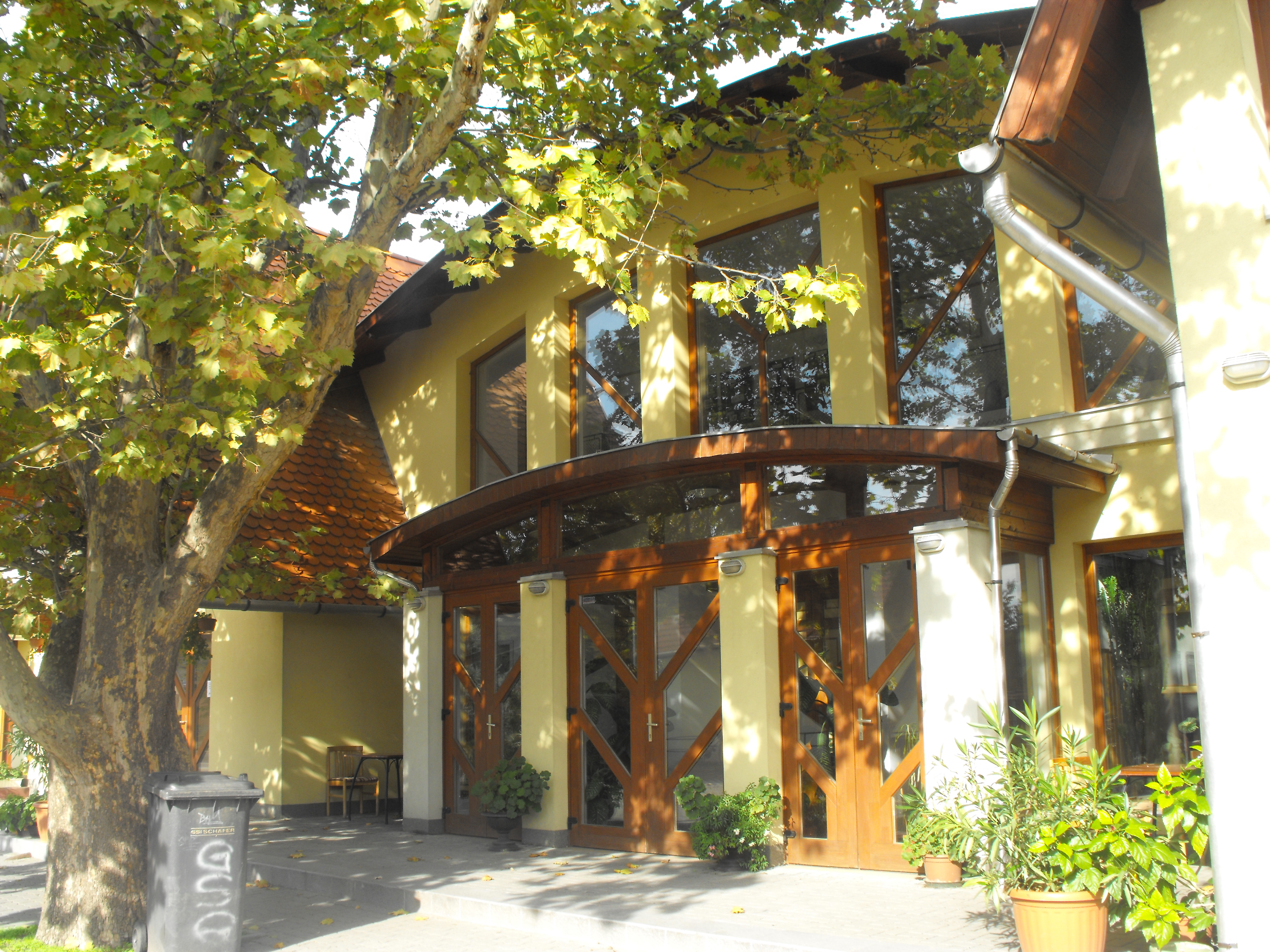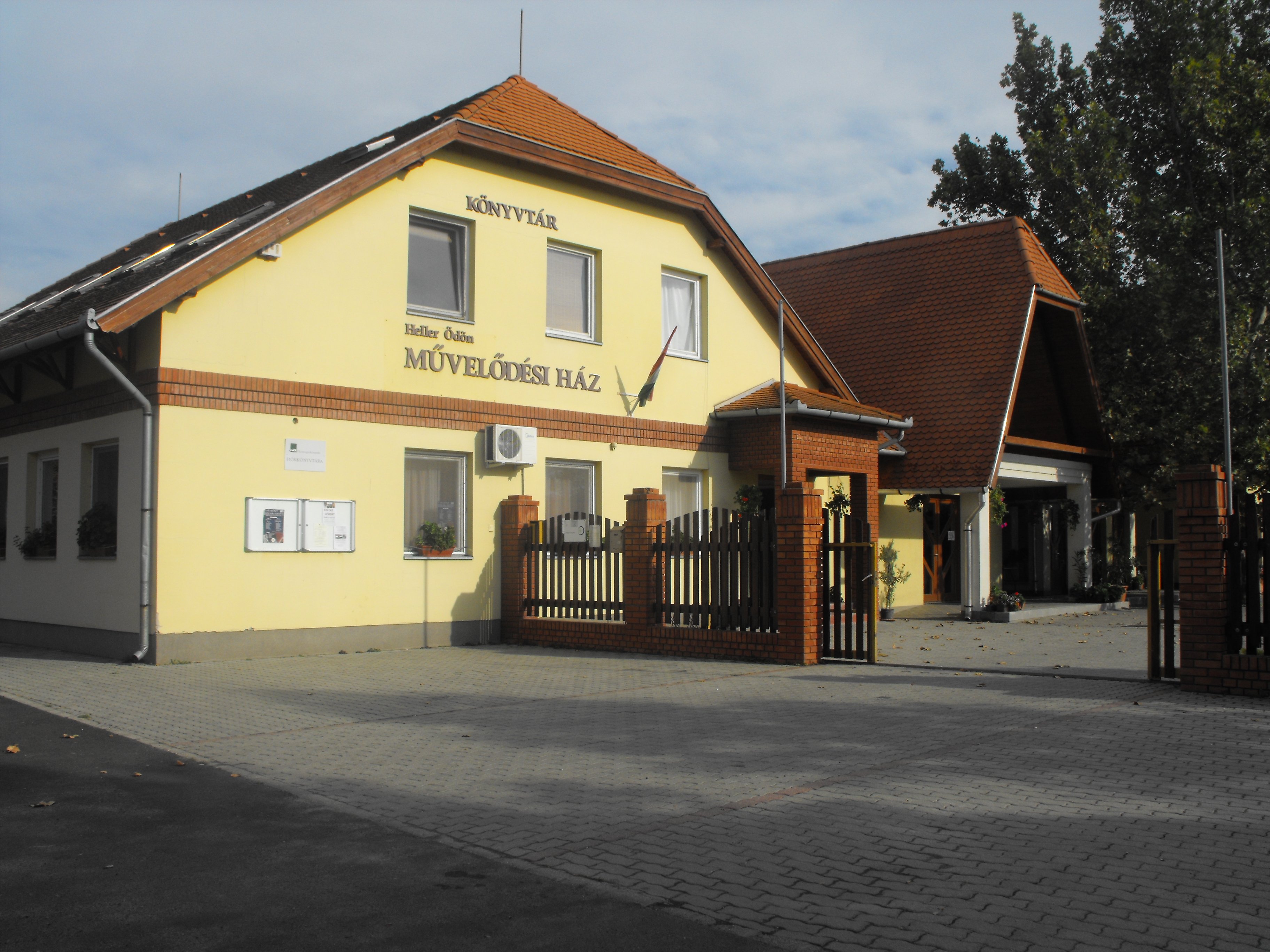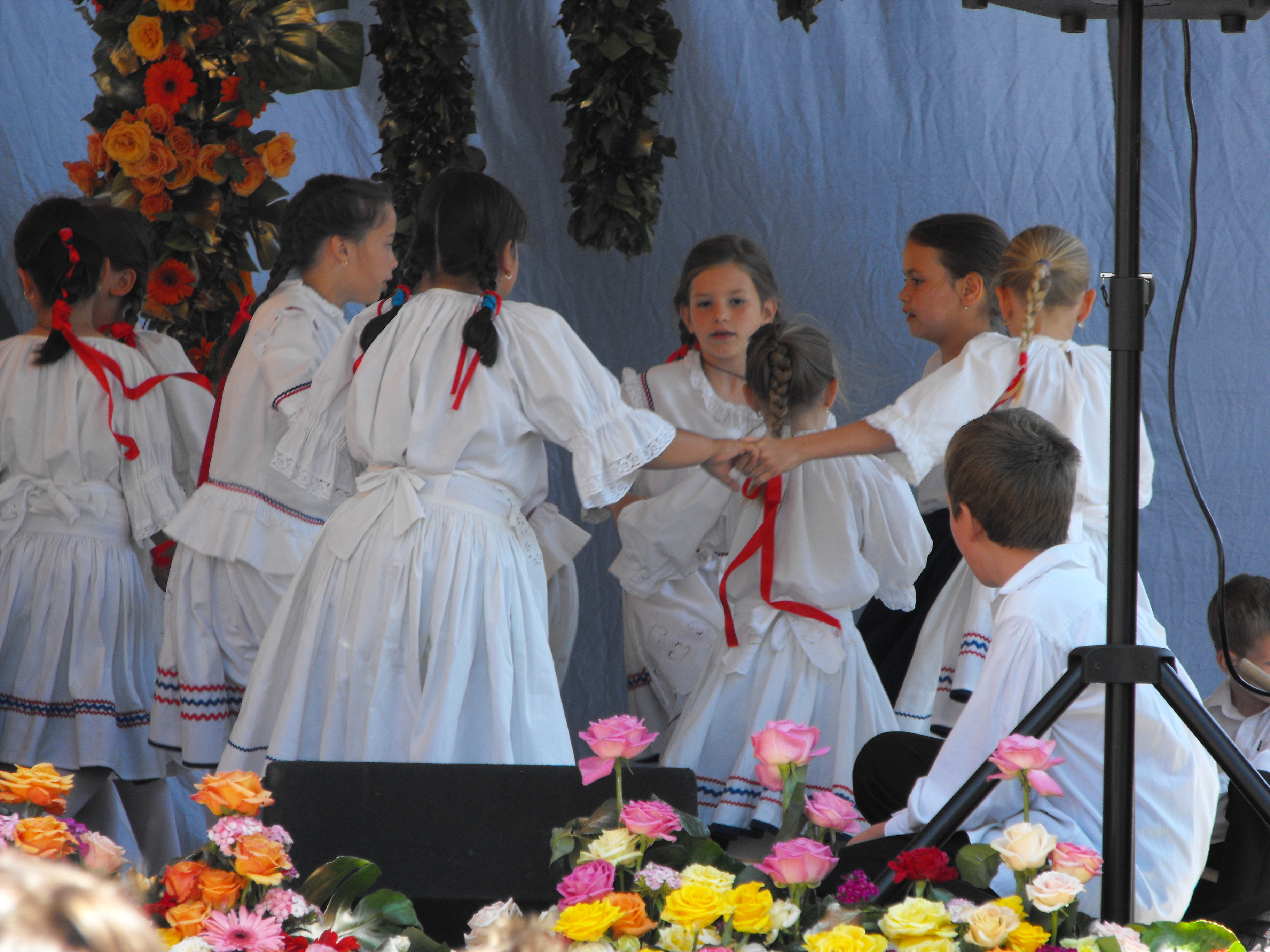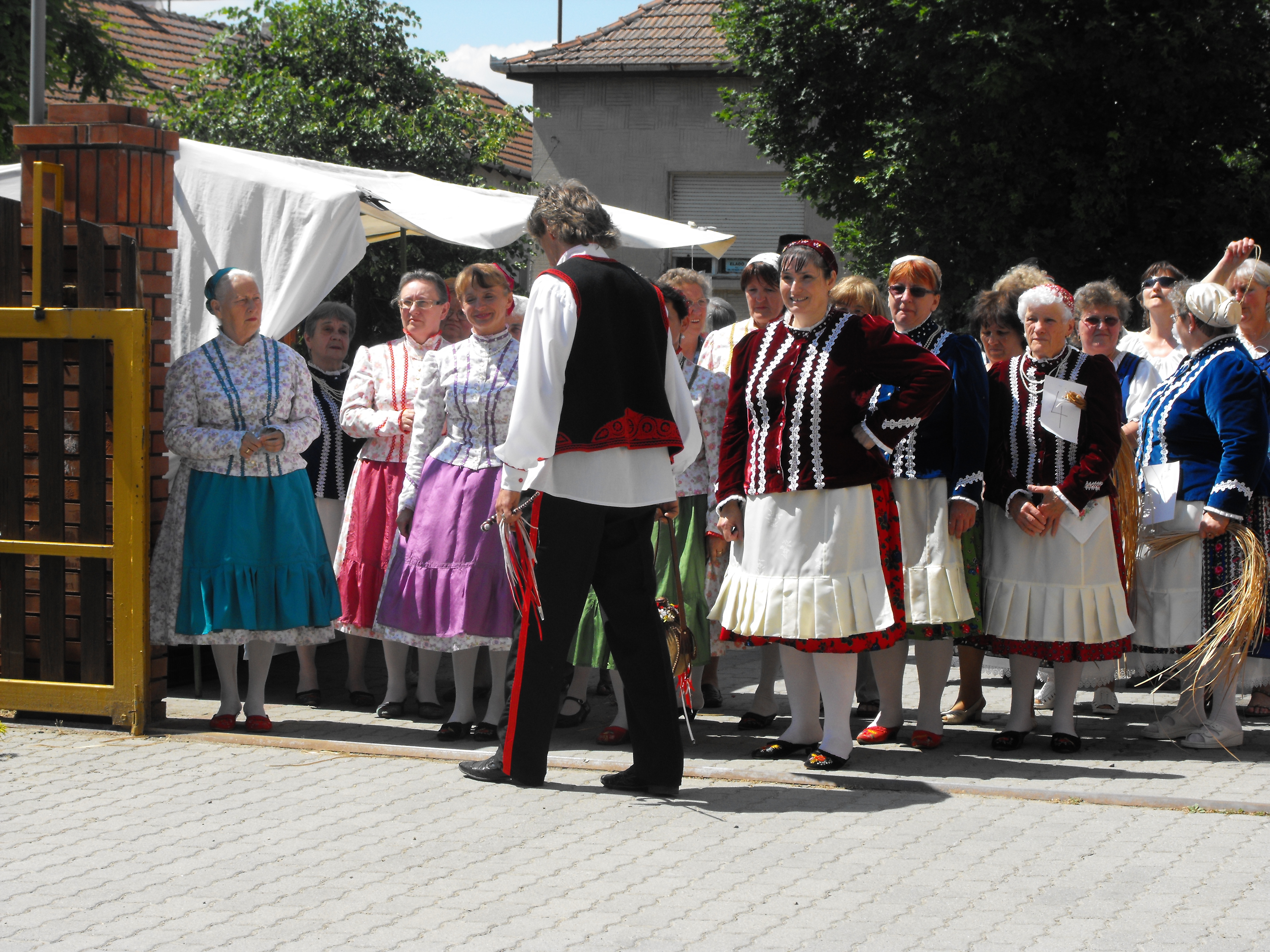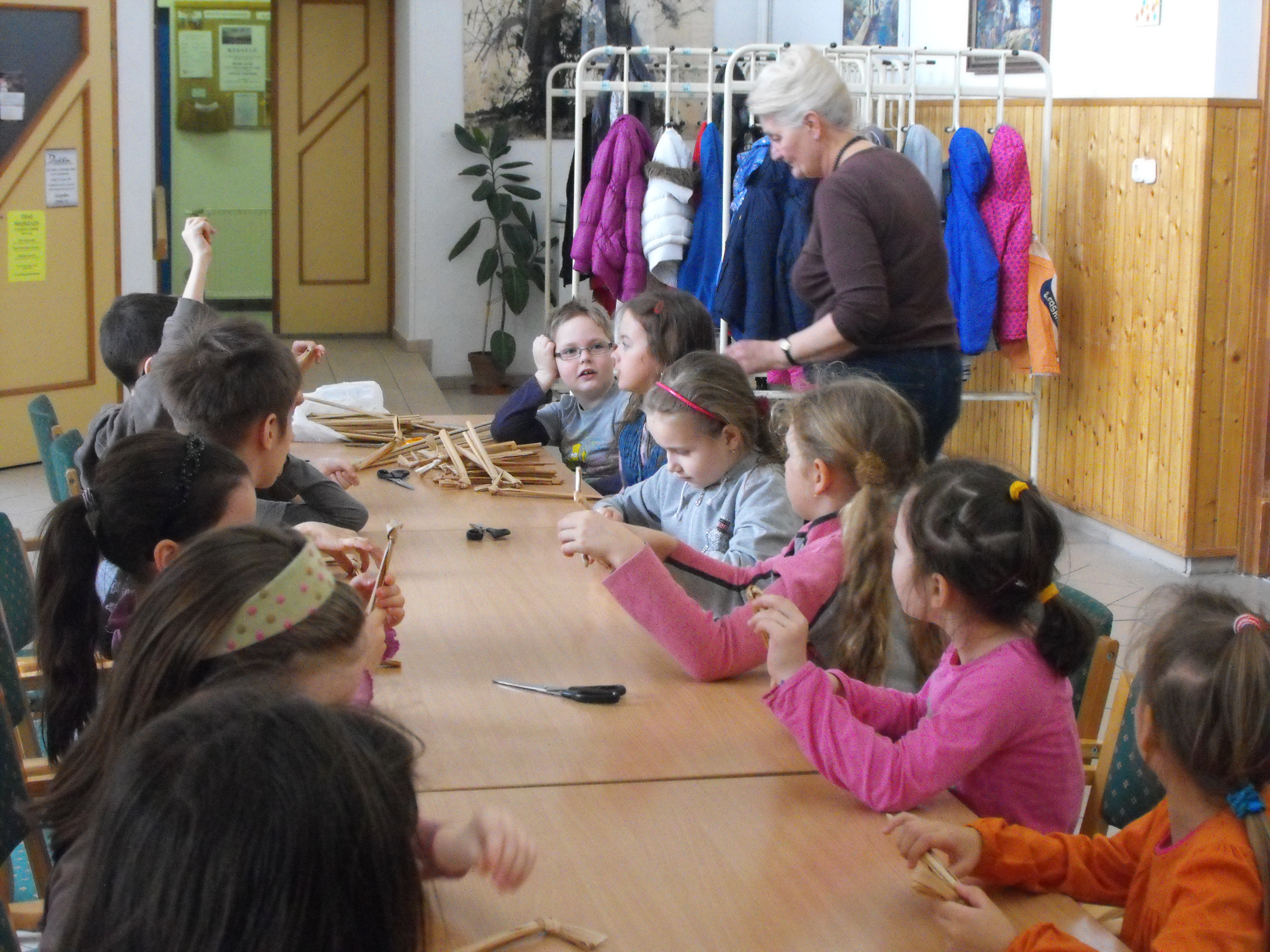The settlement dating back to the Árpád Age was first recorded with the name Tapai in a document from 1138. It was a ferry crossing the Tisza that made Tápé known in the history of Hungary. The first record about the ferry is from 1528. The ferries used to be made of oak, with acacia framing. The last wooden ferry at Tápé was the largest vehicle at the lower reach of the Tisza and was almost 24 meters long and 8 meters wide. It was pulled from one bank to the other manually with a crab winch. In winters it was out of use only when ice floes were drifting on the Tisza.
Since 1973 Tápé has been a part of the city of Szeged, but it carefully preserves its own traditions. Among them the most prominent is the rush weaving. Along the banks of the Tisza there was only little cultivatable land, but there were quite a lot of flood plain sedge, reeds and bulrushes. This simple water plant provided the people of Tápé with work and helping to sustain them for many centuries. In the 15th century the salt blocks were transported, wrapped in rush blankets, and later used by market gardeners to protect the sensitive bed plants against frost and strong sunshine. The present members of the Rush Workshop preserve the almost one thousand-year old knowledge, and the arts and crafts of rush weaving. While in the past, mainly carpets, bags, boots, slippers and other everyday objects were made of rush, these days, to meet the expectations of modern times, kitchen accessories, candle sticks, as well as laptop or CD cases are made from it. The classes and permanent presentations of the workshop are hosted by Ödön Heller Cultural Centre.
The collection of József Lele Jr., who started his research work in 1967, encouraged by Sándor Bálint ethnographer, preserves the past and traditions of Tápé. The village museum-like private collection evokes the religious life of the local people, the procession of rush, fishing, clothing and farming. The collection is enriched with a couple of house models and the miniature of the old church. Address: Vártó u. 4. Opening hours: from 1 April to 30 October, 3 p.m. – 7 p.m.




